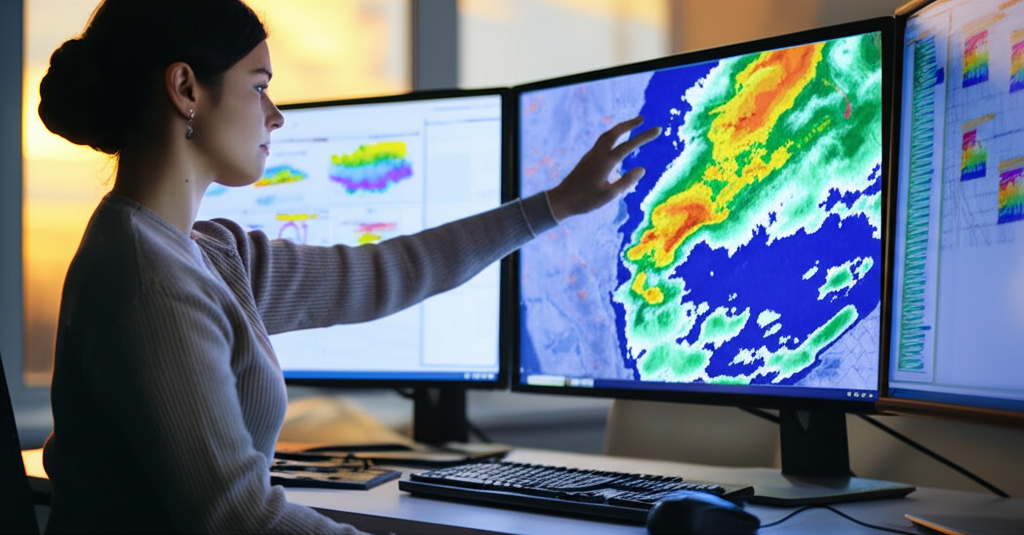The Atmospheric Conditions for Snow
For snow to form and reach the ground, several atmospheric conditions must align perfectly:
- Temperature Profile: The entire atmospheric column must maintain temperatures at or below freezing (0°C/32°F).
- Moisture Content: Sufficient atmospheric moisture must be present for precipitation to form.
- Lifting Mechanism: Air must be forced upward to cool and condense.
- Surface Temperature: Ground-level temperatures must be cold enough to prevent melting.
Modern Forecasting Technologies
Today's meteorologists rely on sophisticated tools to predict winter weather:
| Technology | Function |
|---|---|
| Doppler Radar | Detects precipitation type, intensity, and movement |
| Weather Satellites | Provide cloud patterns and atmospheric moisture content |
| Computer Models | Simulate atmospheric conditions and predict outcomes |
Conclusion
Snow forecasting represents one of meteorology's greatest challenges and achievements. While perfect predictions remain elusive, the combination of advanced technology and human expertise continues to improve our ability to anticipate winter weather events, helping communities prepare and stay safe.
